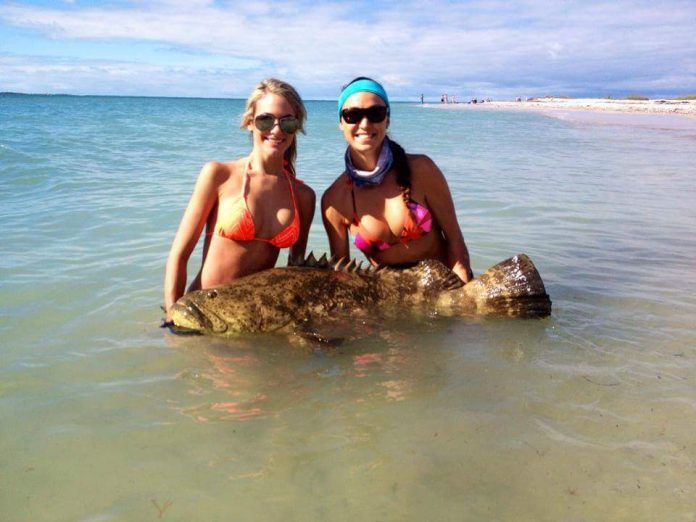Orlando Area and Mosquito Lagoon Fishing Forecast for September 2016

September 2016 Fishing Outlook
Before sitting down to write my September fishing forecast, I took a short stroll outside. As I walked quietly through the woods in the early morning darkness I could hear all of God’s creatures waking up to the new day. Taking a short break to just stop and listen quietly I could feel a brisk warm breeze in my face. Hurricane season is upon us and as we welcome the arrival of September with hot and humid days, we will say goodbye to the summer as September exits on the shoulders of a prevailing northeast wind. Shorter days, longer nights and the prevailing shift is the winds and swells all signal the end of summer, and the beginning of the mullet run.
Along the beach, schools of bait move out of the inlets and south down the beach in pulses rather than a continuous flow, so as always, locating bait is the key to success. Bait pods are easily located by watching for diving birds and fish working them on the surface just inside the breakers. Look for snook, tarpon, redfish, bluefish, jack crevalle, Spanish mackerel, and sharks crushing and shadowing bait pods all along the beach. Once you’ve located the bait concentration, simply determine its direction of movement, usually south, and set up in front of it and let them come to you. This is also my preferred time of year to target tarpon and snook in the surf.
The beach snook run has already started with a few fish being reported, and it will pick up substantially, just in time for the opening of snook season on September 1st. When fishing from the beach, I prefer using live finger mullet as bait, matching the run. Fish the very edge of the beach, just beyond the whitewater, and walk along the beach letting your bait drift along in the direction of tidal flow. My rig consists of a #3 Daiichi Bleeding Bait circle hook, a one ounce barrel sinker, and a 24″ section of 40-pound test fluorocarbon leader. I also prefer to use 20-pound test braided high-vis Courtland line to improve sensitivity and avoid line twist. First, slide the barrel sinker onto the terminal end of your braided line, and then splice in the leader, the knot will allow the sinker to slide freely up the braided line, keeping it off of the leader and the hook. This technique will allow bait to cover more ground and help keep your bait in the strike zone longer. Make sure your reel has the strength and line capacity to handle a large fish, so you don’t get spooled.
Nearshore, good numbers of kingfish and tarpon will continue to work the beaches, Port Canaveral buoy line, and the inshore reefs and wrecks in 70 to 120 feet of water. When targeting kingfish my preferred method is slow trolling live pogies (Atlantic menhaden) on stainless steel stinger rigs. Also as the water temperatures cools, look for the large manta rays to move into shallower water bringing cobia with them. In Port Canaveral and Sebastian Inlet look for flounder, mangrove snapper, large redfish and snook around the jetties and other structures, and tripletail, barracuda, and cobia under the Canaveral buoy cans.
Inshore, breeder redfish schools have started forming up in their traditional locations and will hold together through September. Remember, these schools are breeders so try not to work them too hard which is easer said that done in most cases. Also watch for the larger redfish to begin forming up just outside Sebastian and Ponce De Leon Inlets to spawn, and feeding on small baitfish, mullet, and small blue crabs washing out with the tide.
In addition, the sea trout bite on top water plugs will increase along the deeper edges of the grass flats with the best bite happening at first light and sunset. Also look for ladyfish, tarpon, and jacks to be mixed in. When targeting these fish, work top water plugs for explosive action, or try working ¼ ounce DOA CAL jigs or DOA Shrimp. Near the end of the month, start looking for the pompano and flounder to begin moving out of the lagoon through the inlets into the near shore waters along the beach.
As always, if you need more information or have questions please contact me.
Good luck and good fishing,
Captain Tom Van Horn
Mosquito Coast Fishing Charters
407-416-1187 Cell
- January 2021:Tom Van Horn - December 31, 2020
- December, Tom Van Horn - December 1, 2020
- Tom Van Horn:November - October 30, 2020











